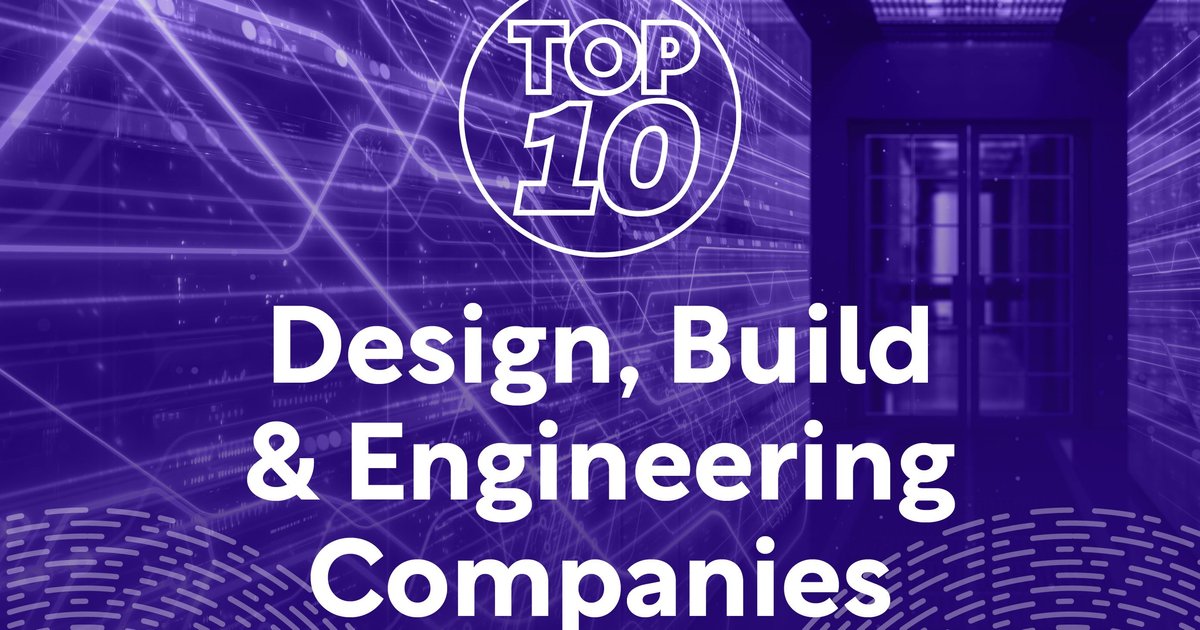For Those Who Seek Unbiased News.
Be informed with 1440! Join 3.5 million readers who enjoy our daily, factual news updates. We compile insights from over 100 sources, offering a comprehensive look at politics, global events, business, and culture in just 5 minutes. Free from bias and political spin, get your news straight.
The most dangerous leadership myth is that leaders are born and that there is a genetic factor to leadership. That's nonsense; in fact, the opposite is true. Leaders are made rather than born.
—Warren Bennis
THE ART OF LEADERSHIP
Debunking the Leadership Myth: Leaders Are Made, Not Born
The belief that leadership is an innate quality, something one is born with, is a persistent myth. Warren Bennis, a renowned leadership scholar, challenges this notion head-on, asserting that leaders are not born but made. This perspective shifts the focus from genetics to development, underscoring the importance of experience, education, and effort in shaping effective leaders.
Bennis’s statement emphasizes that leadership is a skill that can be cultivated. This challenges the deterministic view that only a select few possess the "leadership gene." Instead, it opens the door to the possibility that anyone, with the right mindset and opportunities, can develop into a capable leader.
Historically, the "born leader" myth has perpetuated the idea that leadership is exclusive to a privileged few, often sidelining those who do not fit the traditional mold. However, Bennis's view democratizes leadership, suggesting that it is accessible to all who are willing to invest in their growth.
This approach aligns with modern leadership development practices, which focus on nurturing leadership qualities through targeted training, mentorship, and real-world experiences. It also highlights the importance of adaptability, emotional intelligence, and continuous learning qualities that can be developed rather than inherited.
Looking forward, embracing the idea that leaders are made encourages a more inclusive and dynamic approach to leadership development. It fosters an environment where diverse perspectives and talents can thrive, ultimately leading to more innovative and effective leadership in all sectors.
As organizations continue to evolve in a rapidly changing world, the emphasis on developing leaders, rather than relying on those perceived to be "born" into the role, will be crucial. This shift not only debunks an outdated myth but also opens up leadership opportunities to a broader and more diverse group of individuals, ensuring that the future of leadership is as inclusive as it is effective.
COMMERCIAL CONSTRUCTION
Top 10 Design & Build Engineering Companies Shaping the Data Center Industry
In the rapidly evolving landscape of data centers, design and build engineering companies play a crucial role in creating the backbone of the digital world. Data Centre Magazine has unveiled its latest ranking of the top 10 design and build engineering companies that are leading the way in innovation, efficiency, and sustainability in the sector.
The list, published by Data Centre Magazine, highlights companies that have not only demonstrated excellence in their engineering and design capabilities but have also adapted to the changing demands of the industry. These companies are responsible for some of the most advanced and efficient data center infrastructures globally, providing the foundation for the digital services on which modern society depends.
Topping the list is Turner Construction, recognized for its significant contributions to data center construction and its commitment to integrating sustainable practices in its projects. Turner’s ability to deliver large-scale projects on time and within budget has set it apart in the industry, making it a leader in this competitive field.
Close behind, AECOM and Jacobs have also been lauded for their comprehensive engineering solutions that combine cutting-edge technology with a focus on environmental stewardship. Both companies have been pivotal in advancing the design standards of data centers, ensuring that they meet the increasing demand for energy efficiency and operational reliability.
Other notable companies in the top 10 include ISG, Red Engineering, and Cundall, each bringing unique strengths to the table. ISG’s expertise in delivering highly complex projects, Red Engineering’s innovative approach to engineering solutions, and Cundall’s focus on sustainability have earned them spots among the top performers in the industry.
The ranking also acknowledges the rise of Mace and Structure Tone, companies that have quickly adapted to the fast-paced nature of data center construction by offering flexible and scalable solutions. Their ability to stay ahead of technological advancements has made them key players in the global market.
As the demand for data centers continues to grow, driven by the proliferation of cloud computing, artificial intelligence, and edge computing, these companies are expected to lead the charge in shaping the future of digital infrastructure. Their ongoing commitment to innovation and sustainability will be critical as the industry faces the dual challenges of expanding capacity while reducing environmental impact.
Looking ahead, the companies on this list are well-positioned to influence the next generation of data center designs, focusing on areas such as modular construction, energy efficiency, and the integration of renewable energy sources. With their expertise, the future of data centers looks poised for even greater advancements, setting new benchmarks in engineering excellence.
As the industry evolves, these top 10 companies will undoubtedly continue to play a pivotal role in defining the standards and practices that will support the growing digital economy.
INFRASTRUCTURE INDUSTRY
The Future of U.S. Infrastructure: Challenges and Strategic Priorities
As the United States faces an aging infrastructure and a growing need for modernization, the construction industry is tasked with addressing critical issues in water systems and bridge safety. With over 46,000 bridges considered structurally deficient and water systems requiring significant upgrades, the demand for construction is immense. However, the industry is also grappling with a shortage of skilled labor, making it challenging to meet these needs.
The U.S. Environmental Protection Agency (EPA) recently highlighted the pressing necessity for investment in water infrastructure, estimating that at least $630 billion is required over the next two decades. This includes upgrades to wastewater and stormwater systems, as well as addressing the widespread presence of harmful PFAS chemicals in water sources. The health implications of PFAS exposure, found in various consumer products, have led to increased scrutiny and the demand for better water management solutions.
Simultaneously, the nation’s bridges, many of which are over 50 years old, are in dire need of rehabilitation. The American Society of Civil Engineers (ASCE) reports that a 58% increase in annual spending is necessary to improve bridge conditions. Despite some progress, such as recent federal grants aimed at planning future bridge projects, the scale of the challenge remains daunting.
The construction industry is at a crossroads, needing to balance the urgent infrastructure demands with a labor market struggling to keep pace. Innovative approaches, including the integration of advanced technology and a focus on workforce development, are essential to overcoming these challenges. As the nation looks forward, the path to rebuilding its infrastructure will require a concerted effort from both the public and private sectors, ensuring a resilient and sustainable future.
How can the U.S. address aging infrastructure with a skilled labor shortage and rising costs?
#InfrastructureCrisis #BridgeSafety #WaterSystems— #The Dig Daily Dose (#@TheDigDailyDose)
10:52 AM • Aug 27, 2024
RESIDENTIAL RESEARCH
A Summer with AmeriCorps: Lessons on Affordable Housing and Community Resilience
This summer, recent college graduate Alyssa Bickle joined AmeriCorps National Civilian Community Corps (NCCC) to tackle affordable housing issues in Newburgh, New York. Over five weeks, she and her team contributed over 350 service hours alongside Habitat for Humanity, gaining hands-on experience in community revitalization efforts.
Newburgh, a city marred by historical economic decline and gentrification, has seen efforts to restore its vibrancy through initiatives like Habitat Newburgh. The organization, with a focus on sustainable community-led revitalization, has built and sold over 100 affordable homes in the past 25 years, working to strengthen generational wealth and preserve the city's diverse heritage.
During her service, Bickle learned that affordable housing solutions must be tailored to each community’s unique needs. She witnessed the stark realities faced by Newburgh’s residents, whose lives have been shaped by decades of disinvestment and systemic inequality.
Despite initial fears of compromising her journalistic integrity, Bickle found that active involvement in community projects provided deeper insights into the housing crisis than mere observation could. Her work included constructing and finishing homes, as well as understanding the delicate balance between revitalization and gentrification a balance that Newburgh continues to navigate.
The experience underscored the importance of community involvement in addressing housing challenges, highlighting that real change requires more than just temporary aid. While Bickle’s contributions were small, they were part of a larger, ongoing effort to empower residents to reclaim and reshape their community.
Looking ahead, organizations like Habitat Newburgh will continue to play a crucial role in promoting affordable housing and community resilience, with support from volunteers who are committed to making a lasting impact.
How can hands-on service with AmeriCorps and Habitat for Humanity drive sustainable change in communities like Newburgh?
#AffordableHousing #CommunityResilience #Service— #The Dig Daily Dose (#@TheDigDailyDose)
10:45 AM • Aug 27, 2024
TOOLBOX TALK
The Importance of Noise Awareness and Hearing Protection
Introduction
Good morning, Team! Today, we’re discussing an often underestimated hazard: noise exposure. Prolonged exposure to high noise levels on the job site can lead to permanent hearing loss and other health issues. Understanding the risks and using proper hearing protection is vital for safeguarding your hearing and overall well-being.
Protecting Hearing: The Role of Noise Awareness
Noise-induced hearing loss is irreversible and can affect your quality of life. Construction sites are filled with sources of loud noise, from heavy machinery to power tools. By being aware of noise hazards and using hearing protection, you can prevent long-term damage and maintain your hearing health.
Strategies for Noise Awareness and Protection
Identify Noise Hazards: Be aware of the sources of loud noise on-site. Use noise level monitoring tools if available to assess the risk.
Use Hearing Protection: Always wear appropriate hearing protection, such as earplugs or earmuffs, in high-noise areas. Ensure they fit properly and are comfortable for extended use.
Limit Exposure: Whenever possible, limit the time spent in noisy environments. Take regular breaks in quieter areas to give your ears a rest.
Maintain Equipment: Well-maintained machinery often runs more quietly. Regularly check and service equipment to reduce noise levels.
Promote Awareness: Encourage your team to be mindful of noise hazards and the importance of hearing protection. Make hearing conservation a routine part of your safety discussions.
Discussion Questions
Have you ever experienced ringing in your ears after a workday? What steps can we take to prevent this?
What challenges do you face with using hearing protection, and how can we address them?
How can we improve our noise awareness and hearing protection practices on-site?
Conclusion
Hearing loss from noise exposure is a preventable injury. By identifying noise hazards, using proper hearing protection, limiting exposure, maintaining equipment, and promoting awareness, we can protect our hearing and maintain a safer work environment. Let’s all commit to making noise awareness and hearing protection a priority on the job site.
Protect your ears, protect your future!






